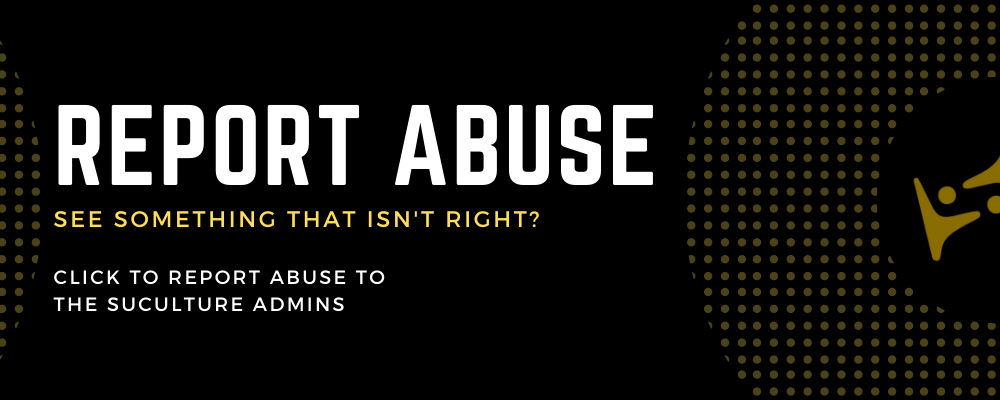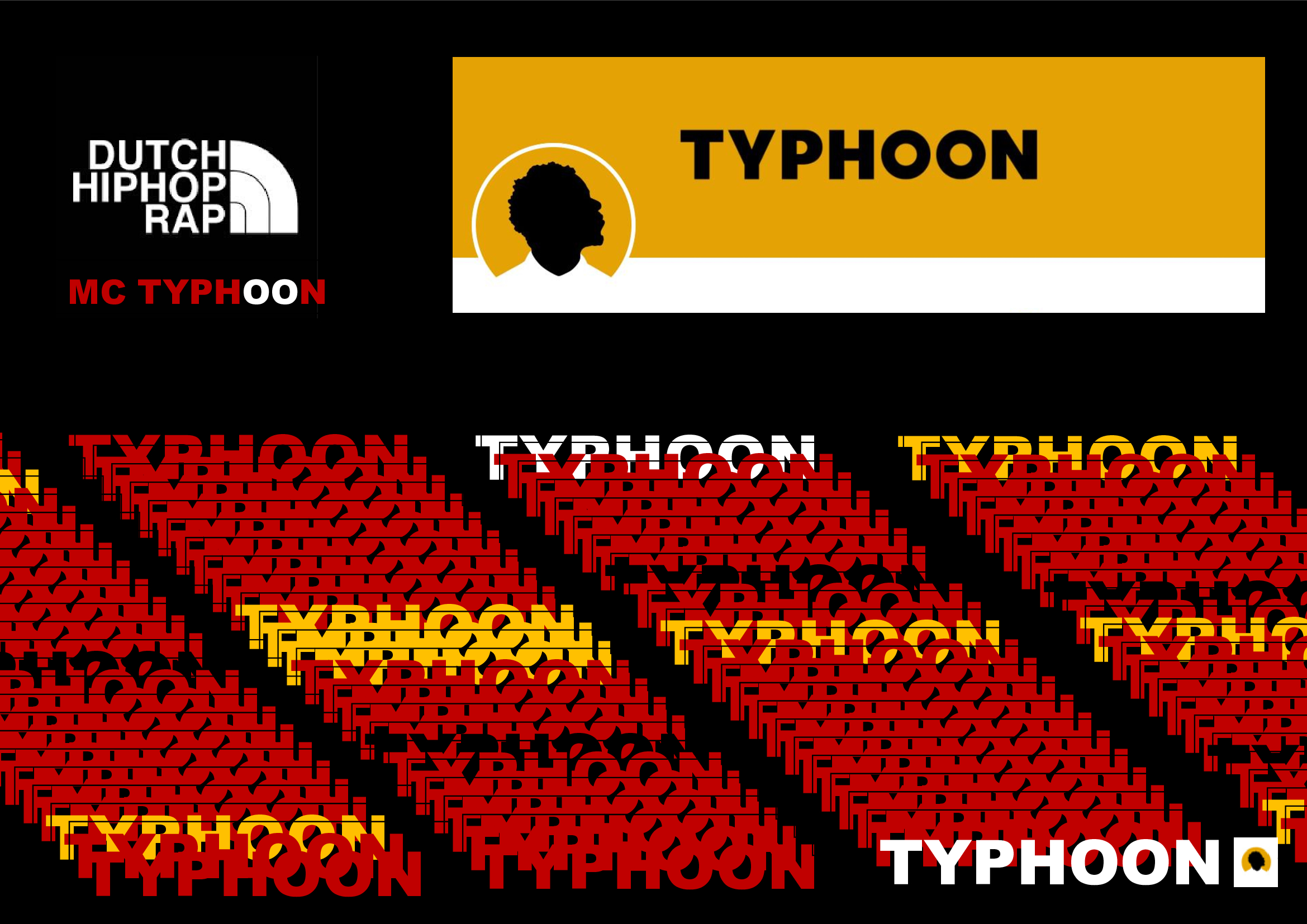-
AuteurDes articles
-
-
Analyser
#Ethiopia’s $27.7
Billion External
Debt:.

Analyser #EthiopieLa dette extérieure de $27,7 milliards : l'existence d'une dette nationale #dette is a ubiquitous phenomenon transcending economic disparities among nations. It is imperative to comprehend the intricate dynamics leading nations to this juncture and the consequential implications. This investigation meticulously dissects #Ethiopie‘s external debt landscape, scrutinizing historical #economic policies, global dynamics, and the nation’s resilience strategies in the face of an impending debt challenge.
Exploring Ethiopia’s History of Loans and National Debt:
Historical events elucidate Ethiopia’s longstanding borrowing practices. Notably, the #UnitedStates played a pivotal role during the 1958–1975 Wollo–#Tigray famine, serving as Ethiopia’s primary creditor and offering crucial financial support during dire period. The subsequent ascendancy of the Derg regime in 1975 marked a new era, with Chine emerging as a significant lender, laying the foundation for transformative projects.
The post-famine period of 1975 witnessed an upswing in Ethiopia’s borrowing capacity, notably during the Ogaden war in 1977, where external financing, including a USD$100 million loan from the #OPEC fund and private lenders, became pivotal.
The devastating 1983-85 famine prompted Ethiopia to secure $1.3 billion in financial aid, primarily from #Italy et #India. In the lead-up to the downfall of the Derg regime in 1990, an astonishing $5.8 billion in loans were procured within a single year, ostensibly earmarked for internal conflicts. The newly established Federal Democratic Republic of Ethiopia (FDRE) government exhibited fiscal responsibility in 1999 by settling half of its external debt service, specifically addressing Russia’s $5.8 billion debt.
It is noteworthy that Ethiopie is a member country of the African Continental Free Trade Area (#AfCFTA).
-
-
AuteurDes articles
Vous devez être connecté pour répondre à ce sujet.









